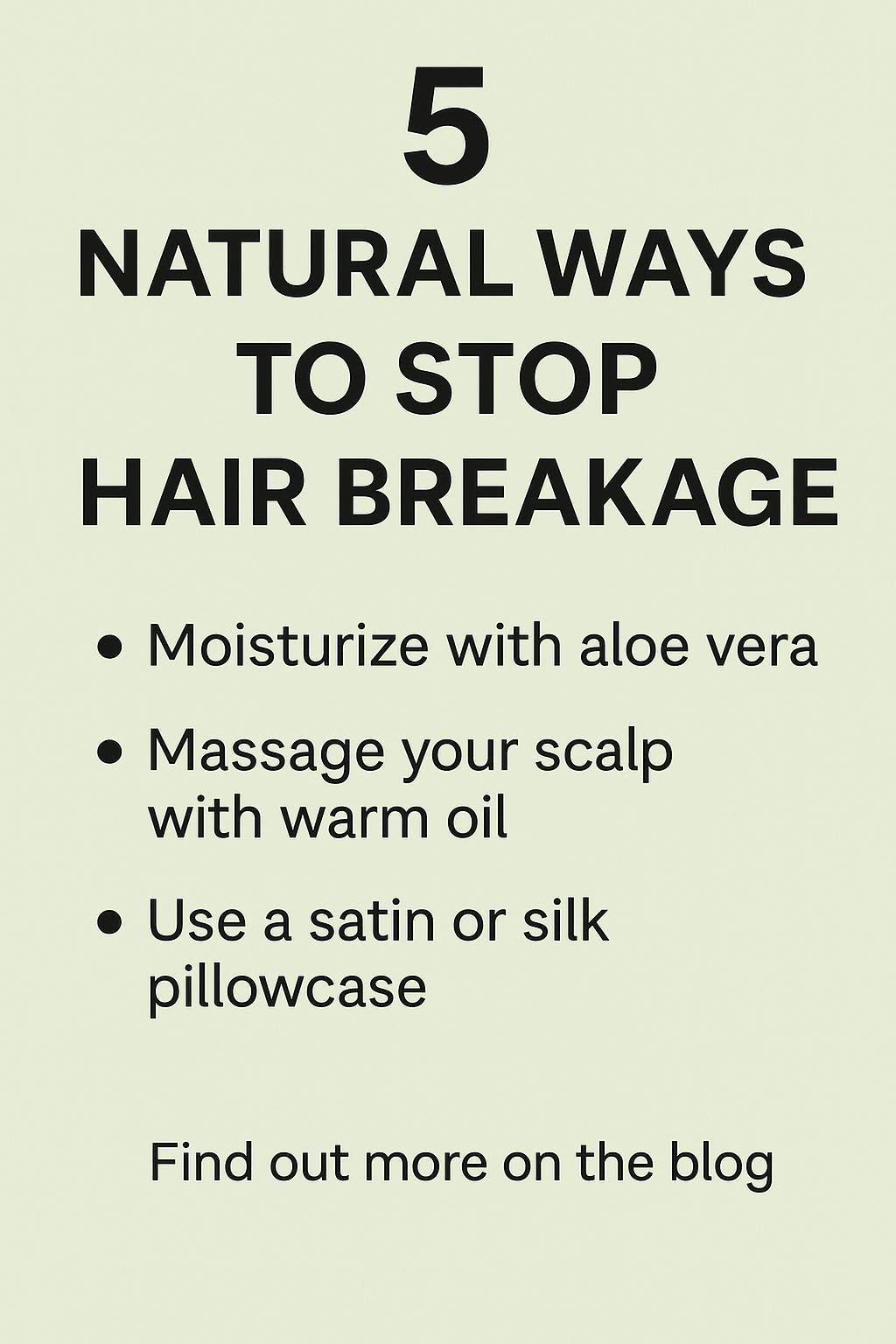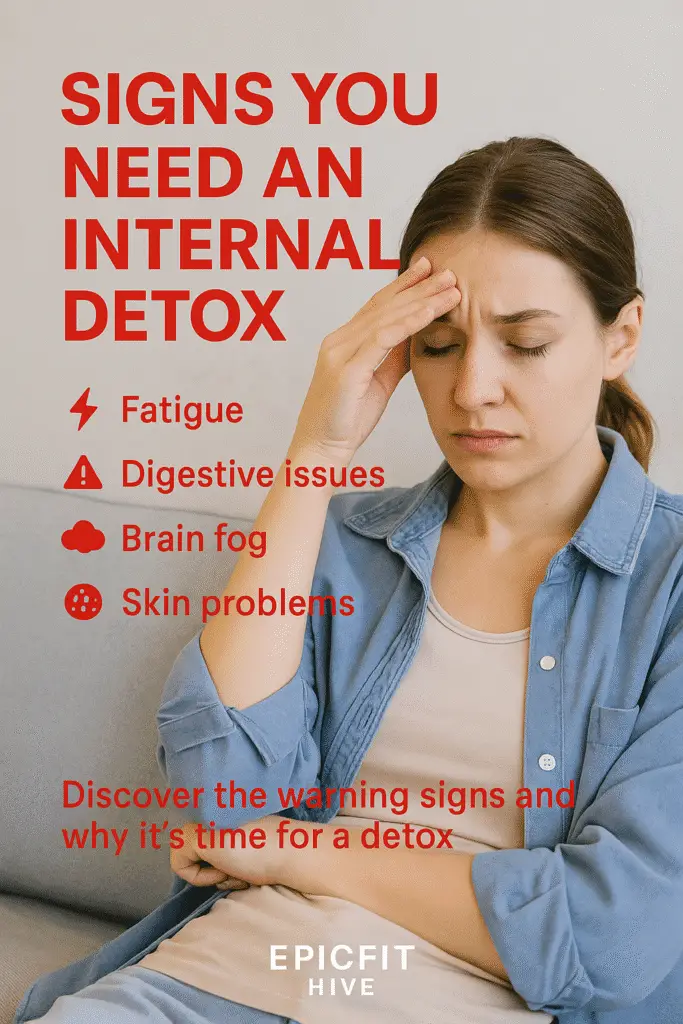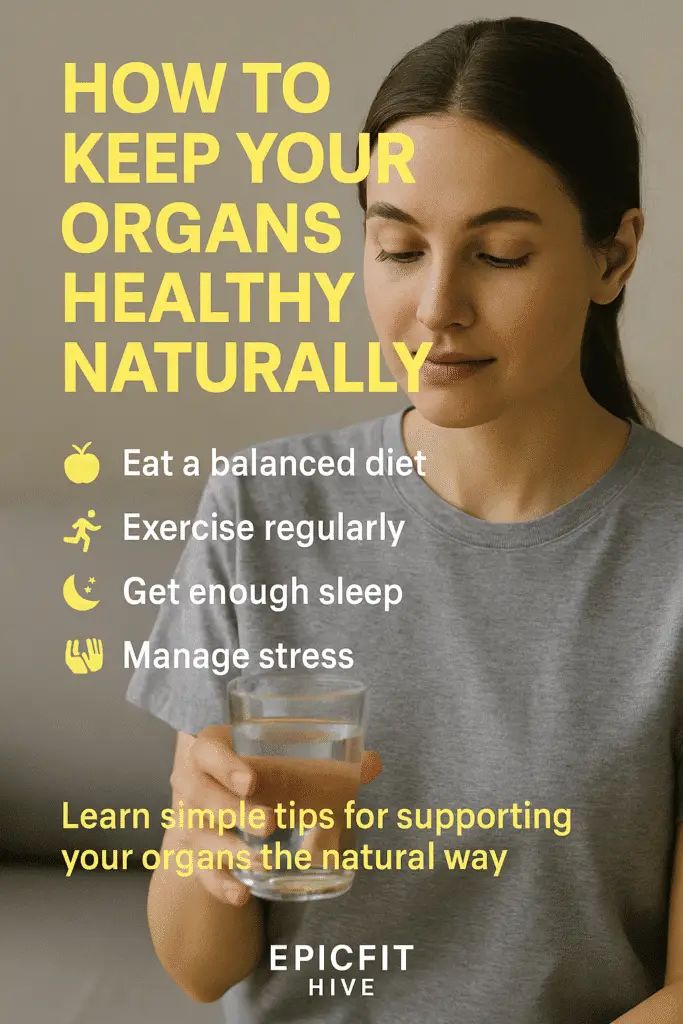How to Grow Hair Fast with Natural Oils
If you’re constantly Googling ways to grow hair fast, you’re not alone. Whether it’s due to hair damage, slow growth, or just the desire for longer locks, many people are on the hunt for natural, affordable solutions that actually work. The good news? Natural oils might be the hair growth miracle you’ve been looking for. In this post, you’ll learn how to grow hair fast with powerful oils that are proven by real stories, backed by nature, and easy to add to your routine. Stick around to the end—because there’s one oil that’s often overlooked, yet works like magic. And you won’t want to miss it. The Truth About Hair Growth Before we dive into oils, let’s debunk a myth: hair doesn’t grow overnight. On average, hair grows about half an inch per month. But using the right techniques and ingredients can help you grow hair fast—sometimes even doubling your normal rate when your scalp is properly nourished. Let’s get into the natural oils that help you beat the clock and reach your length goals faster. 1. Castor Oil: The Hair Growth OG Castor oil has been used for centuries to grow hair fast. Its thick consistency and high ricinoleic acid content nourish the scalp and improve blood circulation. Take the story of Jessica, a mother of two who experienced severe postpartum shedding. After applying castor oil to her scalp three times a week for two months, her bald patches began filling in. Her hair grew back thicker and longer than before pregnancy. How to use it: Consistency is key here. Castor oil isn’t a one-time miracle—it’s a weekly ritual if you want to grow hair fast. 2. Coconut Oil: Deep Penetration, Deep Growth Coconut oil is a scalp’s best friend. Its fatty acids penetrate the hair shaft, reduce protein loss, and support strong, breakage-resistant strands. All of these benefits combine to help you grow hair fast. Jared, a fitness trainer, never thought coconut oil would be the secret to regrowing his thinning crown. After using it every other night and massaging his scalp, he noticed new hair growth within a month. His barber even asked what changed. Quick tip:Mix coconut oil with peppermint oil for an extra boost—peppermint stimulates blood flow and encourages follicles to grow. Use it consistently to experience how coconut oil can help you grow hair fast with minimal effort. 3. Rosemary Oil: Nature’s Minoxidil Recent studies have shown that rosemary oil is just as effective as minoxidil (the active ingredient in Rogaine) in stimulating hair growth—but without the side effects. It’s a superstar for anyone looking to grow hair fast naturally. Monica, a hairstylist, had damaged her edges with years of tight hairstyles. She started applying rosemary oil mixed with jojoba oil daily. In three months, her edges were completely restored. How to apply: If you’ve been searching for a natural way to grow hair fast, rosemary oil is your must-try. 4. Jojoba Oil: Balancing Scalp Health While jojoba oil may not be known for directly triggering growth, it’s perfect for maintaining a healthy scalp—the foundation for anyone wanting to grow hair fast. Samantha, who had dry scalp issues for years, used jojoba oil as a scalp moisturizer. She found that once her dandruff was under control, her hair started growing much faster. It turned out her scalp just needed balance. Why it works:Jojoba oil mimics your scalp’s natural sebum, keeping it hydrated and unclogged—perfect conditions for fast hair growth. Use it alone or as a base for essential oils if you’re serious about trying to grow hair fast and healthily. 5. Argan Oil: Shine and Strength Combined Argan oil, often called “liquid gold,” is rich in vitamin E, antioxidants, and fatty acids that nourish your scalp and hair follicles. While it’s often used to tame frizz, it also helps you grow hair fast by improving hair health and elasticity. Lena, a beauty blogger, ditched her salon treatments and started using pure argan oil. After three months, her subscribers began noticing how long and glossy her hair had become. She credits argan oil for not just growth, but maintaining the length. Application:Use a few drops after washing your hair as a leave-in treatment to strengthen strands and seal moisture. The healthier your hair is, the easier it becomes to grow hair fast—argan oil helps with both. What Slows Hair Growth? If you’re not seeing results despite using oils, consider what’s sabotaging your efforts. Here are a few common mistakes: In fact, Kendra, a high school teacher, had tried every oil and serum without success. When she cut back on daily flat-ironing and increased her iron intake through food and supplements, she began to grow hair fast within weeks. Sometimes, it’s not what you use—but what you avoid—that matters. Bonus Tip: Inversion Method Want to supercharge your growth? Try the inversion method. It involves flipping your head upside down while massaging your scalp for 4–5 minutes daily. This method helps you grow hair fast by increasing blood flow to your follicles. Combine it with any oil we’ve discussed for maximum impact. FAQs on How to Grow Hair Fast with Natural Oils Q1: How often should I use oils to grow hair fast?2–4 times a week works best for most oils. Consistency matters more than quantity. Q2: Can I mix multiple oils together?Absolutely! Mixing castor, coconut, and rosemary oil creates a powerful growth blend. Q3: Will these oils work on bald spots?If the follicles are still alive, yes. Rosemary and castor oil are especially good for regrowth. Q4: How long does it take to see results?Most people notice visible results within 4–8 weeks of consistent oil use. Q5: Can men use these oils to grow hair fast?Yes! These oils are gender-neutral and effective for men and women alike. Real Growth Starts with Real Action You now know how to grow hair fast using simple, natural oils that have worked for real people just like you. But here’s the truth: it only works if you actually start.



